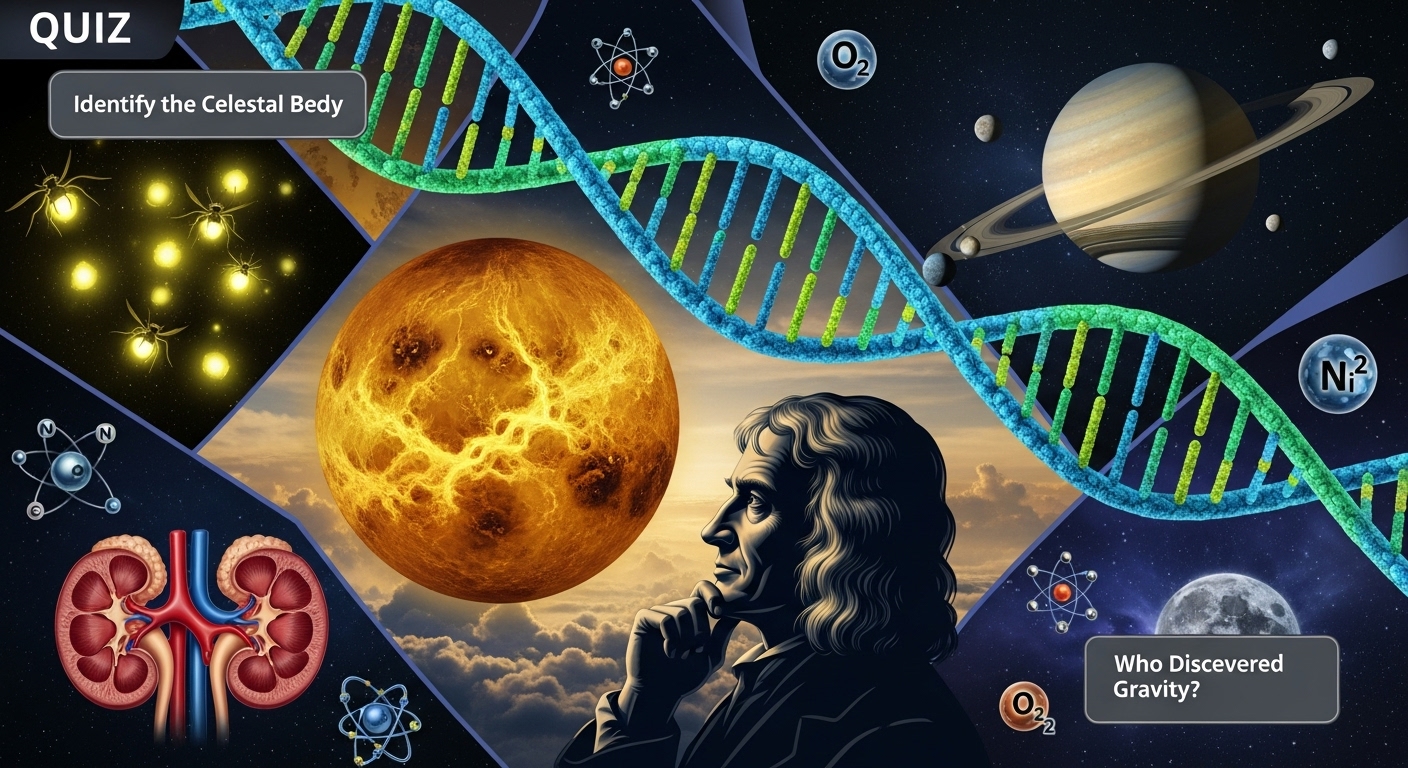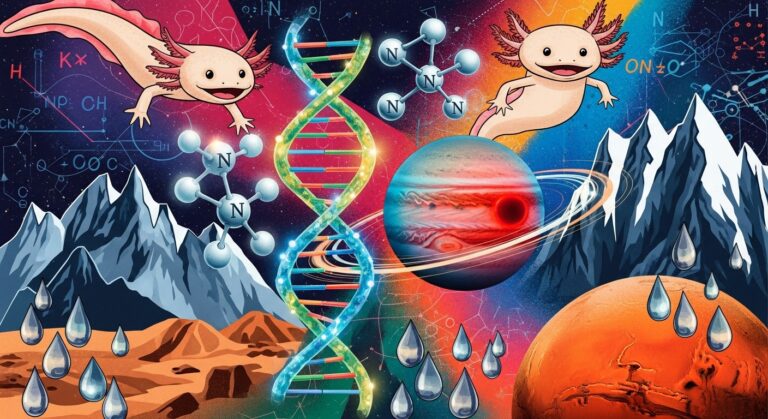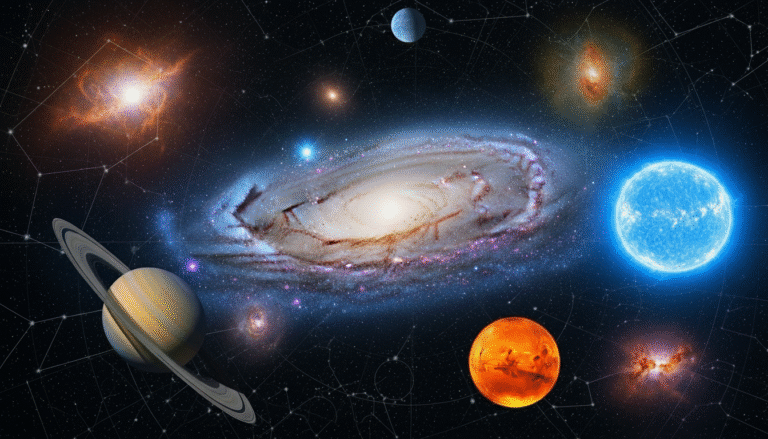Science Quiz for Curious Minds: Test What You Know
A science quiz for curious minds is not just a test — it’s an exploration of how the world works. Science surrounds us every moment. It explains why the sky is blue, how our bodies function, why planets move in orbit, and how life evolves. This quiz includes a blend of biology, physics, astronomy, and chemistry to help you strengthen your scientific understanding in a fun, memorable way.

This article expands on every question in the quiz with detailed explanations so you can learn the science behind the answers.
Venus: The Hottest Planet in the Solar System
Many people assume Mercury is the hottest planet because it is closest to the Sun, but Venus actually holds this title. Venus is shrouded in a thick atmosphere rich in carbon dioxide, which traps heat extremely efficiently through an intense greenhouse effect.
Key facts about Venus:
- Surface temperature: over 460°C
- Thick cloud layers of sulfuric acid
- Surface pressure 90 times higher than Earth
- Rotates slower than any other planet
Venus teaches scientists how greenhouse effects can spiral out of control — a warning for our own climate.

Isaac Newton and the Three Laws of Motion
Isaac Newton’s three laws of motion describe how objects move and interact with forces. These laws remain fundamental to all physics:
- An object in motion stays in motion unless acted on by an external force.
- Force = mass × acceleration.
- For every action, there is an equal and opposite reaction.
Newton’s work laid the foundation for engineering, mechanics, spaceflight, and much of modern science.

Oxygen: The Gas That Keeps Humans Alive
Humans need oxygen for cellular respiration, the process by which we convert food into usable energy. Without oxygen, the mitochondria in our cells cannot produce ATP — the molecule that powers nearly everything we do.
Important roles of oxygen:
- Breaking down glucose
- Fueling muscles
- Supporting brain function
- Allowing red blood cells to carry energy
Oxygen makes up 21% of Earth’s atmosphere — just the right amount for life.
Fireflies and the Magic of Bioluminescence
Fireflies produce their own light using a chemical reaction inside their abdomen. This process involves:
- Luciferin (a molecule)
- Luciferase (an enzyme)
- Oxygen
- ATP (energy)
The light is used for:
- Communication
- Attracting mates
- Warning predators
Bioluminescence also appears in deep-sea creatures, fungi, and certain bacteria.

NaCl: The Formula for Table Salt
Table salt is chemically known as sodium chloride (NaCl). Sodium is a metal, chlorine is a gas — yet together, they form a stable crystal that is safe to eat.
Salt is essential for:
- Nerve function
- Muscle movement
- Fluid balance
- Human survival
Without salt, the body cannot conduct electrical impulses.
Gravity: The Force That Shapes the Universe
Gravity keeps planets in orbit, pulls objects to the ground, and governs the formation of stars and galaxies. Isaac Newton first described gravity mathematically, and Einstein later expanded it with his theory of general relativity.
Gravity influences:
- Planetary orbits
- Tides
- Falling objects
- Black holes
It is one of the four fundamental forces of nature.
The Nucleus: The Cell’s Control Center
Inside the nucleus, DNA contains the instructions for building proteins — the molecules responsible for nearly all biological functions.
The nucleus controls:
- Growth
- Metabolism
- Reproduction
- Cellular repair
Without a nucleus, complex life wouldn’t exist.
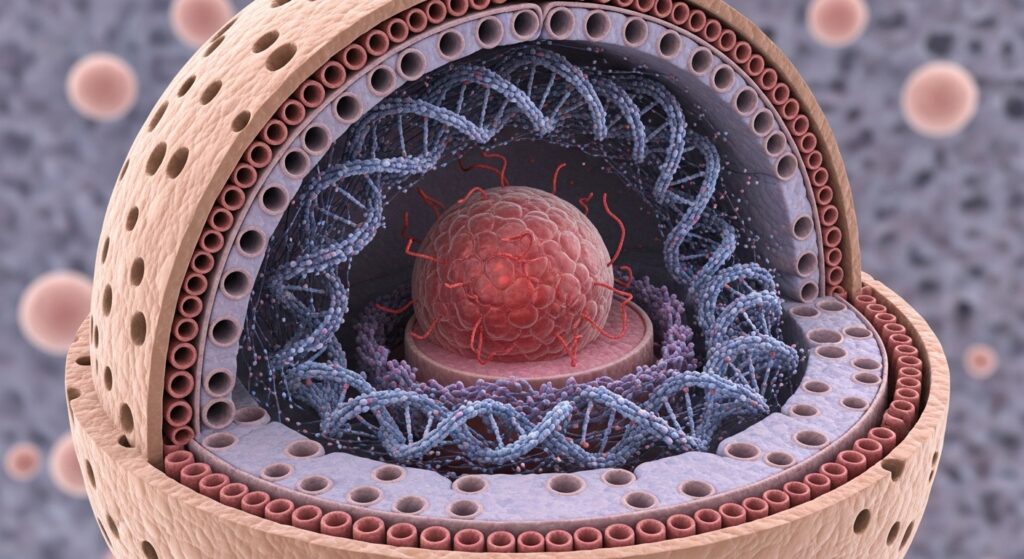
Saturn: The Planet With the Most Moons
Saturn has officially overtaken Jupiter with over 140 confirmed moons. Some are tiny, others are large and breathtakingly beautiful.
Notable Saturn moons:
- Titan (thick atmosphere, methane lakes)
- Enceladus (geysers of water vapor)
- Mimas, Dione, Rhea, Iapetus
These moons may hold clues about extraterrestrial life.
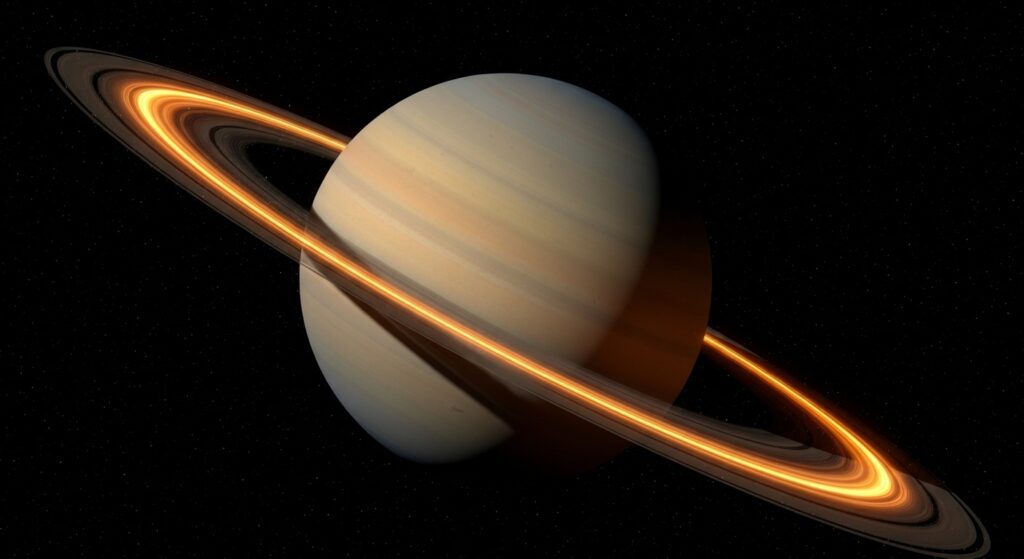
Kidneys: The Blood-Filtering Organ
Your kidneys filter nearly 150 liters of blood each day, removing waste, balancing minerals, and eliminating toxins.
Kidneys regulate:
- Blood pressure
- Hydration
- Salt levels
- Hormone production
If kidneys fail, toxins build up quickly, making them essential for survival.
Gas: Matter With No Fixed Shape or Volume
Gases have particles that move freely and spread out to fill their container. This makes gases behave very differently from liquids and solids.
Properties of gases:
- Expand to fill space
- Compress easily
- Spread out due to particle motion
- Often invisible
Gases make up the air we breathe and power everything from car engines to weather patterns.
This Science Quiz for Curious Minds Expands Knowledge
This science quiz for curious minds teaches you core scientific ideas — from biology and chemistry to astronomy and physics. Every topic introduces you to the hidden mechanisms of the universe. By exploring these explanations, your scientific understanding grows deeper and sharper.
Science is everywhere. The more you learn, the more fascinating the world becomes.

